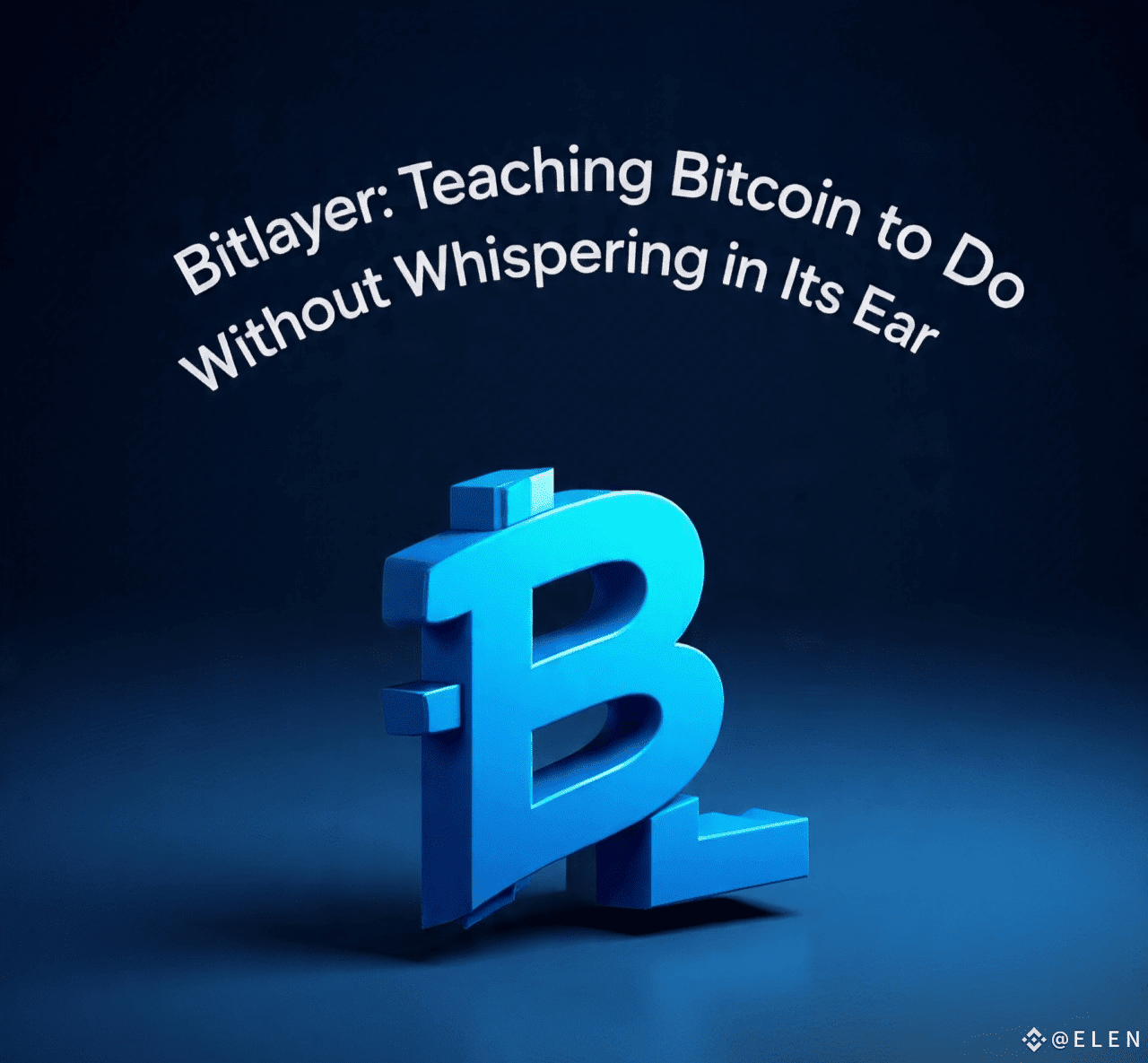
Bitlayer is a Layer-2 rollup for Bitcoin, powered by something called BitVM. It gives Bitcoin a brain letting it handle Ethereum-style smart contracts and apps while still settling and anchoring everything on the Bitcoin blockchain itself.
It’s EVM-compatible, so developers can easily bring over Solidity apps, and users get bitcoin-backed functionality historically reserved for other chains.
Why is This a Big Deal?
Bitcoin holds over $1 trillion in value, but most of it just sits there useful as gold, but not much else. Bitlayer lets that capital become productive. You can build DeFi tools, NFTs, and games that enjoy Bitcoin’s security but move at EVM speed and cost. That’s huge for bridging the old school and new school crypto worlds.
Think of it like giving Bitcoin an upgrade that stays true to what made it great instead of breaking it.
How It Actually Works
Bitlayer operates in stages:
1. PoS Execution Layer: Validators stake the $BTR token and help sequence transactions fast like Ethereum, but settled on Bitcoin.
2. Rollup Anchoring: Blocks from Bitlayer are rolled up and settled back on Bitcoin using fraud-proof-style mechanisms so finality, but rooted in Bitcoin’s immutability.
3. Bridge & Composability: Cross-chain bridges use BitVM plus cryptographic tools to send assets trust-minimally between chains like Arbitrum, Base, and more. (turn0search6)
4. Developer Tools: EVM compatibility and familiar toolchains mean Ethereum devs can ship apps fast on Bitcoin.
Where It’s Going Real Momentum
Scaling quickly:Built on AWS, Bitlayer now processes 150,000+ daily transactions and hosts over $550M in TVL across 300+ projects.
Funding traction: Founded in October 2023, Bitlayer has raised over $29M including a recent $5M token round that sold out in minutes across 6,300+ investors. (turn0search8, turn0search10)
Ecosystem heatmap: Already live with launchpads, DeFi protocols, GameFi apps, and NFT platforms.
Analytical support: Nansen is live with Bitlayer analytics, showing serious ecosystem growth.
Where Should You Still Be Careful?
Trust model: Though Bitcoin anchors finality, the validator layer and bridging still rely on a degree of trust—or staking and slashing. Not pure L1-level trust, but strong if designed well.
Token dynamics: $BTR is key to security and governance. Its mechanics how many tokens, unlock schedules, inflation need to be watched carefully.
Smart-contract risk: Familiar vulnerabilities still apply—audits and bug bounties are essential.
User clarity: People should know when they’re interacting with wrapped BTC (like YBTC) vs. base-layer BTC to avoid confusion or faulty assumptions.
Why It’s Worth Watching
Bitlayer isn’t just another L2 it’s the one trying to merge Bitcoin’s bedrock stability with modern programmability. If it succeeds, it unlocks a whole new flow of DeFi capital, developer activity, and real-world use cases on Bitcoin. It straddles the best of both worlds: trust and speed.


